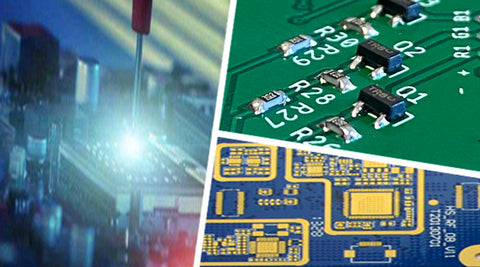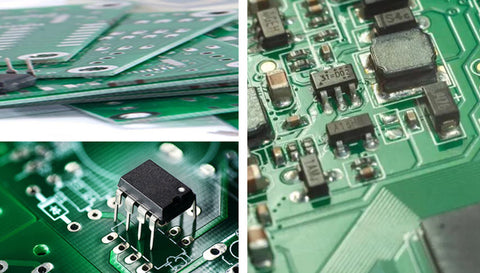
There are many differences between the flex and rigid board in CAD design of rigid-flex PCB
1. Design requirements for flexible zone circuit.
(1)Avoid sudden expansion or contraction of the line and adopt a tear shape between the thick and thin lines.
(2)When the pad meets the electrical requirements, the maximum value should be taken. A smooth transition line is used to connect the pad and the conductor to avoid right angles. The independent pad should be added with a toe to strengthen the supporting effect.
2. Dimensional stability: Add copper design as much as possible.
Design as many solid copper ponds as possible in the waste area.
3. Design of cover film window.
(1) Add manual alignment holes to improve alignment accuracy.
(2) The window design considers the range of glue flow;usually, the window opening is larger than the original design.
(3) Small and dense windows can use a special mold design: rotating punch, jump punch, etc.

4. Design of rigid-flex PCB transition zone.
(1)For the smooth transition of the line, the direction of the line should be perpendicular to the direction of bending.
(2)The wires should be evenly distributed throughout the bending area.
(3)The wire width should be maximized in the entire bending area.
5. Design of flexible zone with air-gap requirements.
(1) There must be no through holes in the part to be bent.
(2) Additional protection copper wires are added to the two sides of the line. If the space is insufficient, choose the inner R corner of the bent part.
Additional protection of copper wire
(1) The connecting part of the line needs to be designed as an arc.
(2) It is better to have a larger bending area, which lessens the effectin.
6. Other.
The flex board’s tool holes cannot be shared, such as punch hole, ET, SMT positioning hole, etc.
